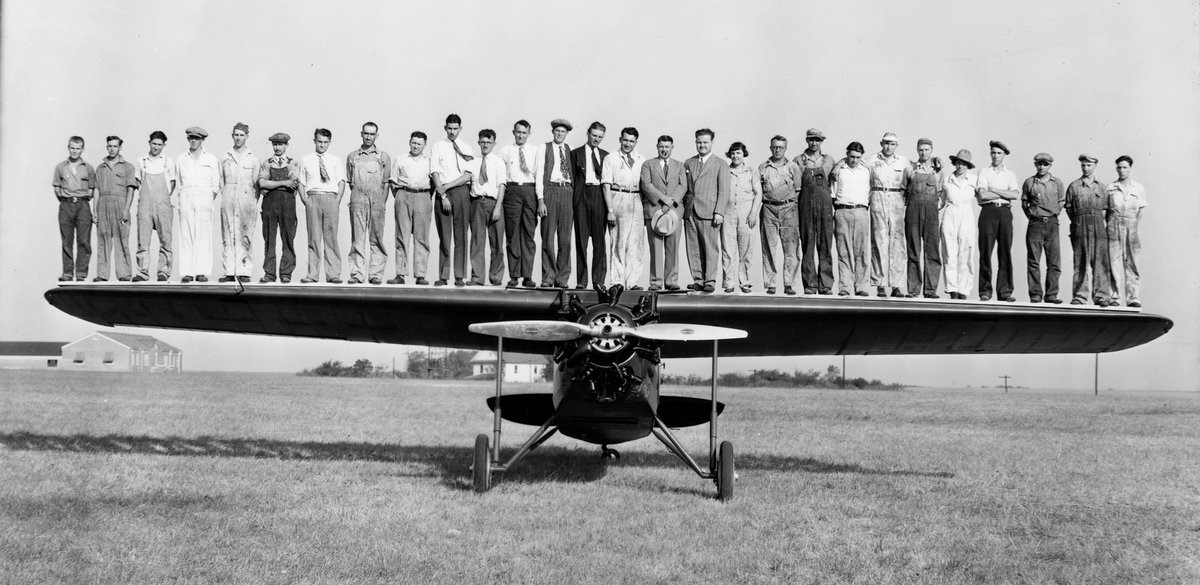
Ever wondered how historic flights changed the world? From the Wright brothers' first powered flight to the moon landing, aviation has shaped modern life in countless ways. Historic flights have not only connected continents but also inspired technological advancements and global cooperation. Imagine a time when crossing the Atlantic seemed impossible. Now, it's a routine trip. These monumental journeys have pushed the boundaries of human achievement, proving that the sky is not the limit. Buckle up as we explore 11 fascinating facts about these groundbreaking flights that forever altered the course of history.
Key Takeaways:
- The Wright brothers' 12-second flight in 1903 marked the beginning of modern aviation, using a spruce wood and muslin fabric plane with a 40-foot wingspan.
- Charles Lindbergh's 33.5-hour solo flight from New York to Paris in 1927 earned him the $25,000 Orteig Prize, inspiring long-distance air travel.
The Wright Brothers' First Flight
The Wright brothers are often credited with inventing and building the world's first successful airplane. Their historic flight marked the beginning of the modern aviation era.
- Orville and Wilbur Wright made their first successful flight on December 17, 1903, in Kitty Hawk, North Carolina. The flight lasted only 12 seconds but covered 120 feet.
- The Wright Flyer was constructed using spruce wood and muslin fabric. It had a wingspan of 40 feet and weighed 605 pounds.
- The brothers used a wind tunnel to test over 200 wing shapes, which helped them understand the principles of aerodynamics better than anyone before them.
Charles Lindbergh's Transatlantic Flight
Charles Lindbergh's solo flight across the Atlantic Ocean was a monumental achievement in aviation history. It demonstrated the potential for long-distance air travel.
- On May 20-21, 1927, Charles Lindbergh flew from New York to Paris in the Spirit of St. Louis, covering 3,600 miles in 33.5 hours.
- Lindbergh's plane had no front windshield. He used a periscope to see ahead during the flight.
- The flight earned Lindbergh the Orteig Prize, a $25,000 reward for the first nonstop flight between New York and Paris.
Amelia Earhart's Pioneering Journeys
Amelia Earhart was a trailblazer for women in aviation. Her flights broke records and inspired countless individuals to pursue their dreams.
- In 1932, Amelia Earhart became the first woman to fly solo nonstop across the Atlantic Ocean. She flew from Newfoundland to Ireland in 14 hours and 56 minutes.
- Earhart's plane for this flight was a Lockheed Vega 5B. It is now displayed at the Smithsonian National Air and Space Museum.
- She was also the first person to fly solo from Hawaii to California, a distance of 2,408 miles, in 1935.
The First Commercial Jet Flight
The advent of commercial jet travel revolutionized the airline industry, making air travel faster and more accessible to the general public.
- On May 2, 1952, the de Havilland Comet became the first commercial jet airliner to carry passengers. The flight was operated by BOAC (British Overseas Airways Corporation) from London to Johannesburg.
- The Comet could cruise at 480 miles per hour, significantly faster than propeller-driven aircraft of the time, which typically cruised at around 300 miles per hour.
The Final Descent
Historic flights have shaped our world in ways we often take for granted. From the Wright brothers' first powered flight to the moon landing, each milestone pushed the boundaries of what's possible. These pioneering moments in aviation history remind us of human ingenuity and the relentless pursuit of progress. They’ve not only connected continents but also brought people closer, fostering global understanding and cooperation. As we look to the future, remembering these remarkable achievements can inspire us to reach new heights. Whether you're an aviation enthusiast or just curious about history, these flights offer a fascinating glimpse into how far we've come. So next time you board a plane, take a moment to appreciate the incredible journey that made it all possible. The sky's no longer the limit; it's just the beginning.
Frequently Asked Questions
Was this page helpful?
Our commitment to delivering trustworthy and engaging content is at the heart of what we do. Each fact on our site is contributed by real users like you, bringing a wealth of diverse insights and information. To ensure the highest standards of accuracy and reliability, our dedicated editors meticulously review each submission. This process guarantees that the facts we share are not only fascinating but also credible. Trust in our commitment to quality and authenticity as you explore and learn with us.


